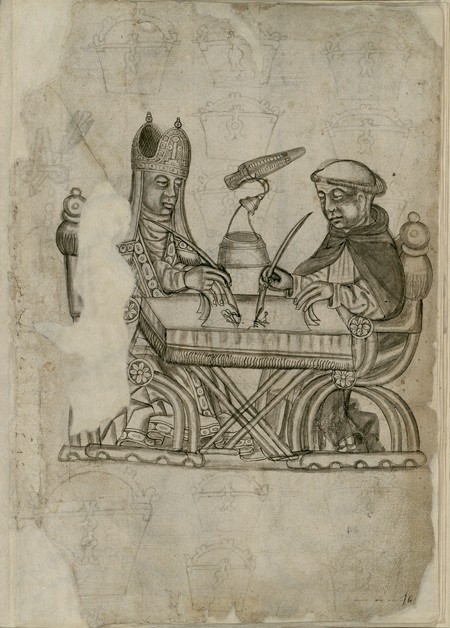In 1539, after a months-long passage across the Atlantic, a printing press was unloaded at the rude port of Veracruz. Dispatched by the Sevillian printing firm of Juan Cromberger along with a printer named Juan Pablos, the press was hauled off the ship with the bare minimum of supplies: some boxes of fonts; half a dozen decorative woodcuts for frontispieces; five or so woodblocks, the largest bearing images of the Virgin and Saint Francis; a supply of greasy printer’s ink; and a few reams of paper. The arrival of the first printing press in the Americas merits passing mention in most histories of printing or the book, usually taken as a token of the successful expansion of this new technology across the globe. Less frequently mentioned is that, in the Americas, the printed sheet had another immigrant partner, the Roman alphabet. By the time of the press’s arrival, the Franciscans, who had come en masse in 1524 had been at work for over a decade in setting down indigenous languages—most of which were previously written pictographically—into the Roman alphabet. They began with Nahuatl, the dominant language of Central Mexico and the indigenous language of empire, spoken by the Aztecs, who once ruled the territory. It was a fruitful union: one of the earliest known products of Juan Pablos’s press was the Franciscan Alonso de Molina’s Vocabulario of 1555. Working from the Latin-Castilian word list published at various times in the period by Antonio de Nebrija (who had famously tutored Isabel of Castile with the phrase, “Majesty, the language is the instrument of the empire”), Molina created the first of two Spanish-Nahuatl dictionaries, dictionaries that helped the evangelization efforts in their moment and that have significantly shaped our understanding of Amerindian culture.
From a New World perspective, printing and alphabetic writing emerged at roughly the same time, these newcomers intimately and logically connected. The same was not true of the book: in cities, towns, and hamlets across Mexico and Central America, native peoples were no strangers to paper, ink, and books, given their millennia-long tradition of painted manuscripts. Indigenous peoples created everything from histories to maps to rather prosaic recordkeeping accounts, but the crown jewel of manuscript production was the
Despite its deep temporal roots, the native book was, in conventional histories, doomed by contact with Europeans, as were other features of indigenous culture. My book project takes as its starting point an assumption that cultural forms are persistent and obdurate, as are human beings’ long-term and mutually constitutive engagement with the physical world around them. Instead of ringing the death knell to the indigenous book, I look at this tradition after the Spanish conquest of the 1520s, during a time when European manuscripts and printed books had a profound impact on the tradition but did not extinguish it. Crucial to the argument is the physical evidence—particularly the manuscripts that native painter-scribes, called
During my fellowship at CASVA, I have considered the new social roles that the
